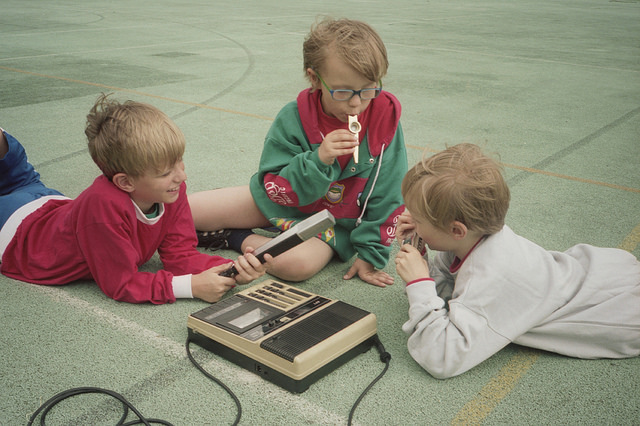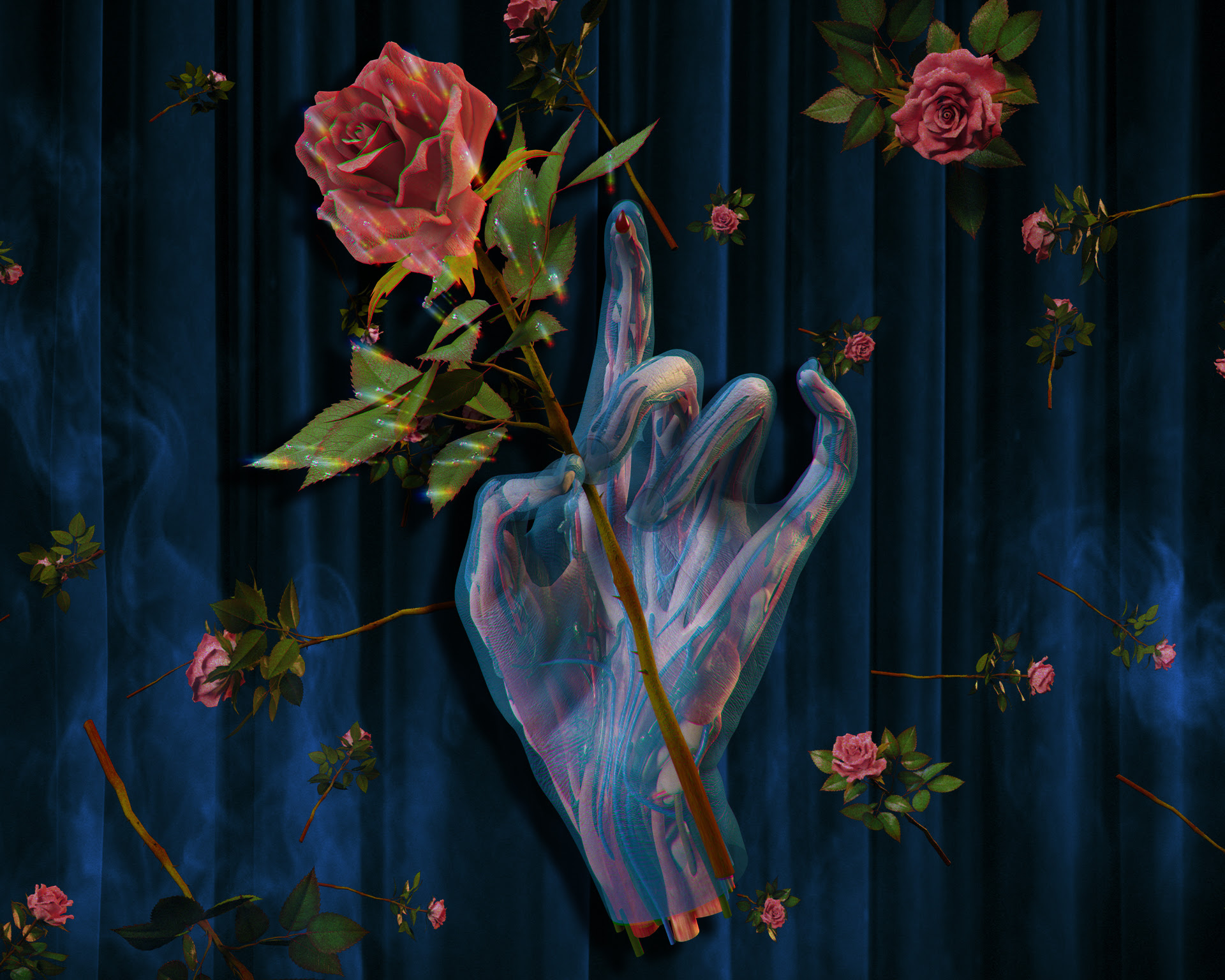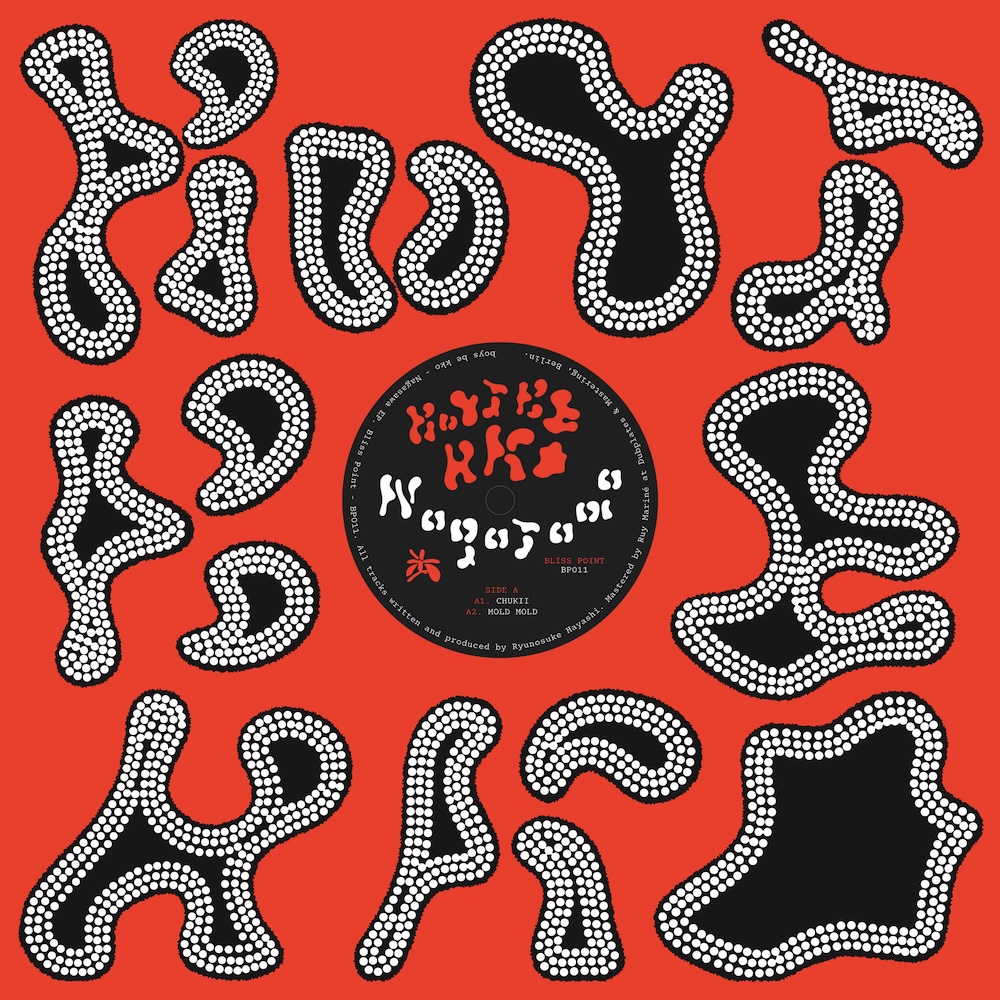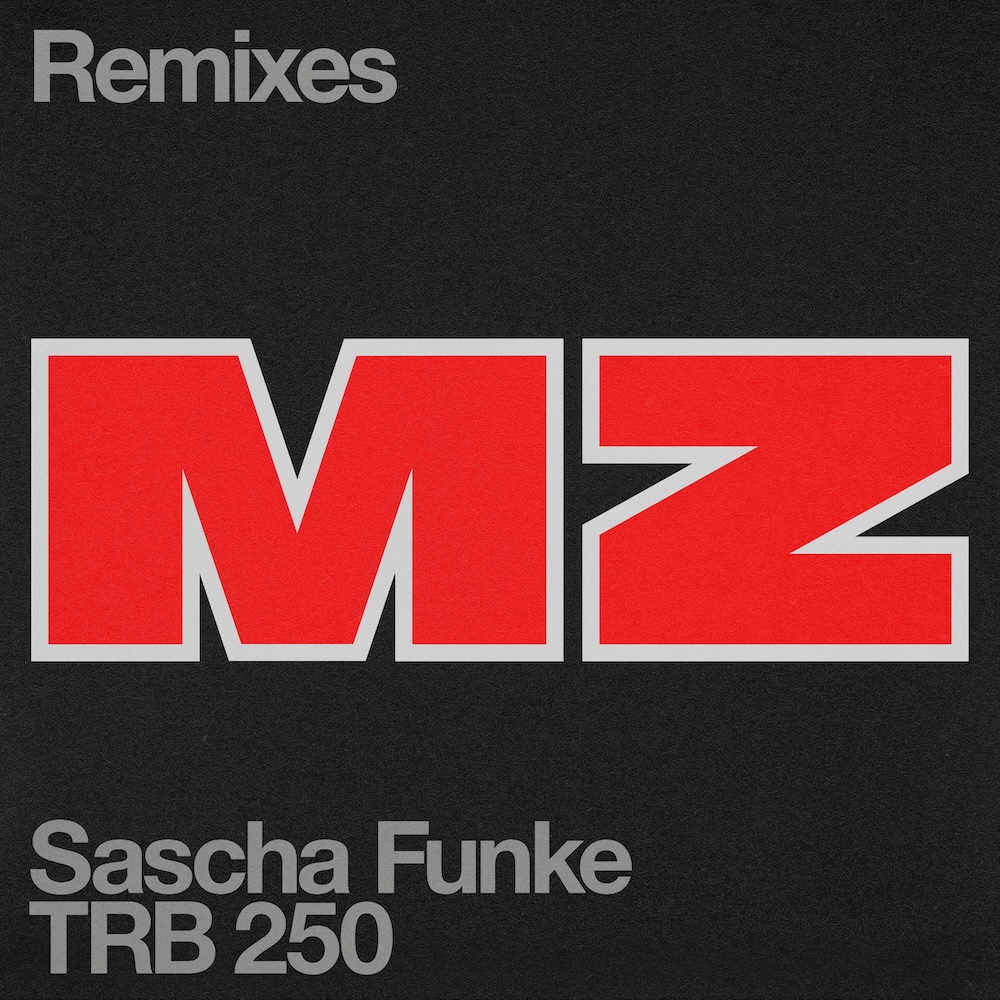Ownership & Tape Recording: Nonkeen Talk

Friends have the capacity to come and go, the passing of time can create space and distance between people who were once close but a genuine love, shared interest or connection can often surpass such circumstances. Nonkeen is the collective group name given to a project orchestrated by childhood friends Nils Frahm, Frederic Gmeiner and Sebastian Singwald: last week saw the release of "The Gamble", the groups debut album which was some eight years in the making.
The three seem relaxed as they introduce themselves on an overcast London afternoon despite having had a busy day ahead of their listening party later that evening. Their time spent in the city would be short lived as they all maintain busy schedules and independent projects beyond the reaches of Nonkeen.
The three met as schoolboys over a shared love of tapes and recordings, following the fall of the Berlin wall and regular back and forth correspondence they ended up playing gigs as a group at Singwald's uncle's fairground in Plänterwald during summer holidays. Fairground imagery now prominently features on the cover of the album years later.
Frederic explains the nature of the collaborative process.
"It comes from the three of us playing live together in the rehearsal space. That’s basically what the project is, or was. At some point we decided to hook up a simple cassette machine to the instruments and record stuff. We didn’t listen back to it immediately. We only went to the studio once the tapes were full and then put them onto the computer. During that process we listened to them, of course. But often, there were years in between."
They describe recording as much as sixty or seventy hours worth of material over the course of the eight years in which they hung out making music and being inspired by the raw elements of production.
"We were really happy that we were sounding like something we didn’t really know. We didn’t feel like we had to meet any expectations, apart from our own. Although the process is something that sounds very human, the recording equipment was quite bad so it sounds like something alien and it turns out differently, that’s what inspired us. It’s almost like when you have a small, bad camera and you take a nice shot and it actually comes out a lot better."
The groups relationship was built from a deep love of music and hence the record was made as a love affair between friends. As children they felt a sense of pride in being able to share musical knowledge and creativity. They describe this.
" We were trading cassettes and mixtapes. We’d also just trade music and inspire each other with it. When you got a CD from your older brother and it was far ahead of what your friends knew, you could then copy it onto your own tape and take it into school and listen to it at some other friends place and show them that. The music is almost like a part of you. At some point you imagine that it’s your music as you brought it there."

Photo by Julia Soler.
There is a very personal feel to the record as a body of music: great time and care has been put into each track, there is a sense of character, a sense of presence. Nils Frahm discusses the value in music as a personal experience or tangible offering. He describes this in reference to the ownership of a record or sound which stems back to the groups early approach to sharing music with one another. He compares sharing music to showing off a new bike as a child.
"You don’t ride your bike to your friends when you can just send them a photo of it online, it's the same with music. It’s a very generous thing to bring a record to your friends place, because you probably got it from your brother or paid for it. But you want to share it with your friends, and at that moment you almost become part of the band because you bring the music to your friends. You invest in that band."
Our conversation concludes on the subject of streaming music and the changes which have evolved over the years. The faceless nature of the modern day audio experience and the mannerisms of listening is something which frustrates the group who have put great effort into producing an album which is designed to be listened to as a long playing personable experience. They close our conversation discussing the relevance of inspiration in the digital age for digital artists as opposed to where musical inspiration might have existed in the past.
"Why is an album an album? You have to think about why a symphony is a symphony. It’s a good length to go to a theatre or concert, to sit down and watch the symphony. Once it’s finished that’s great, because you’ve had enough of it, but it was worth going too and paying entrance for as you get to sit down and listen. It’s a good effort to go too and it’s interesting that the symphony is still in record format. In the 20s when the phonographs were invented, a track couldn’t be longer than three minutes. All the tracks became very short and very condensed. Time became very valuable and you had to play a little bit faster to fit enough inside, so that people would buy it. Then in the 70s you got long players and people started making twenty minute long pieces of music again. The media always inspired the musicians and the digital media also inspires the musicians today."
The album is out on R&S Records now. Follow Nonkeen on Facebook HERE.


















Must Reads
David Holmes – Humanity As An Act Of Resistance in three chapters
As a nation, the Irish have always had a profound relationship with the people of Palestine
Rotterdam – A City which Bounces Back
The Dutch city is in a state of constant revival
Going Remote.
Home swapping as a lifestyle choice
Trending track
Vels d’Èter
Glass Isle
Shop NowDreaming
Timothy Clerkin
Shop Now